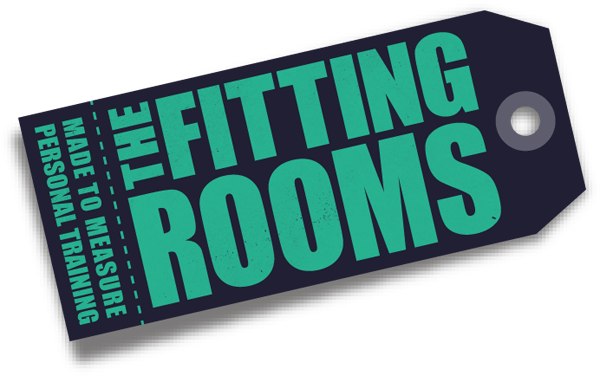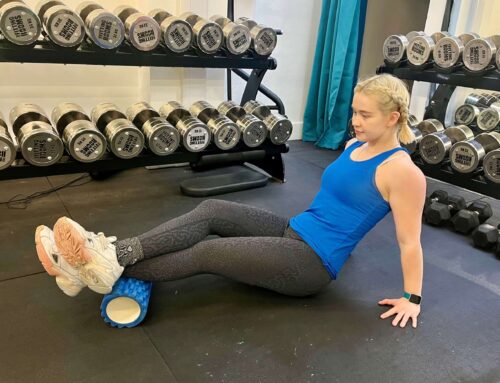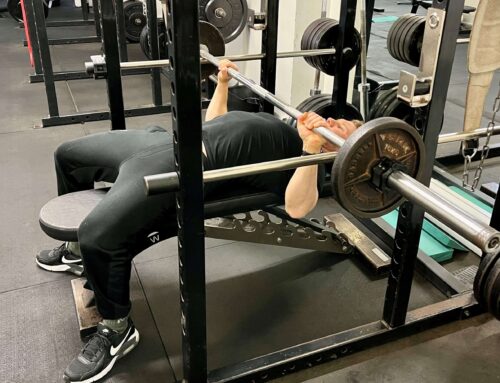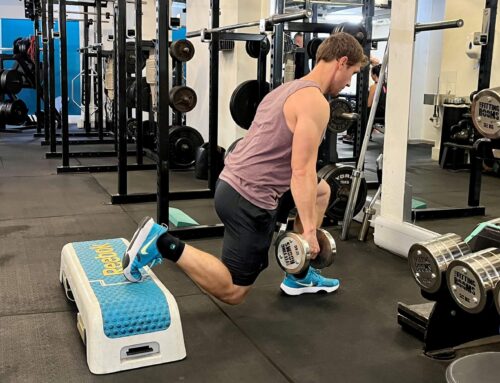What’s the difference between “Fast Twitch” and “Slow Twitch” muscles and how does it affect how we should train?
Every body is made up of a mix of both fast and slow twitch muscle fibres, but will generally have a bias towards more of one type. Fast twitch fibres are used to generate power, such as that needed for sprinting, boxing or weightlifting; whilst slow twitch are slower to fatigue and are therefore needed for endurance exercise such as long distance running or swimming. As well as these key types, we also have some intermediate muscle fibres that can be trained to act as fast twitch fibres.
Fast twitch fibres have the greatest potential for muscle growth, helping to change a body’s aesthetics. Therefore, if our main goal is to look more toned or defined, or to become stronger, we should prioritise training fast twitch and intermediate fibres that can mimic the qualities of fast twitch. To train these muscle fibres it is necessary to weight train with heavy weight and relatively low reps (generally no more than 12 reps, dependent on tempo).
Although we are born with a predetermined amount of fast and slow twitch fibres, by training heavy regularly, we can sway more towards fast twitch by not only improving the strength and size of our fast twitch muscles but also by converting those intermediate muscles to be more like fast twitch muscles.
Regardless of your goal however, no muscle type should be neglected to ensure you are building a balanced and healthy body. Slow twitch fibres can be trained through higher rep weight training or more traditional aerobic work such as swimming or cycling.








Leave A Comment